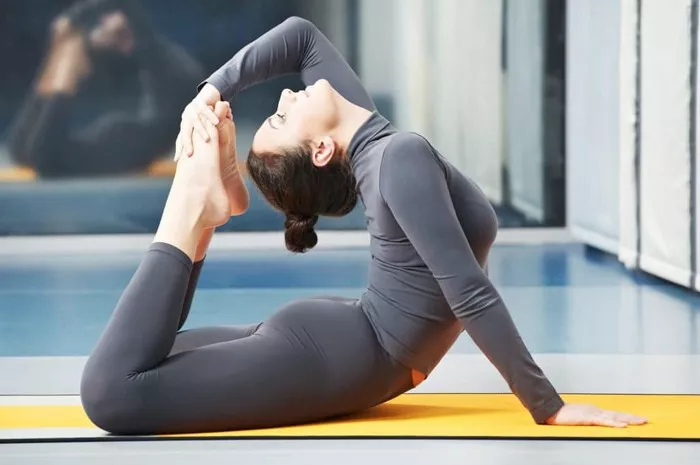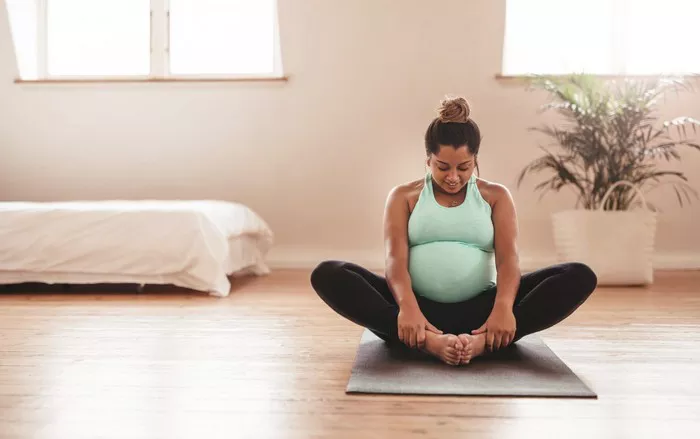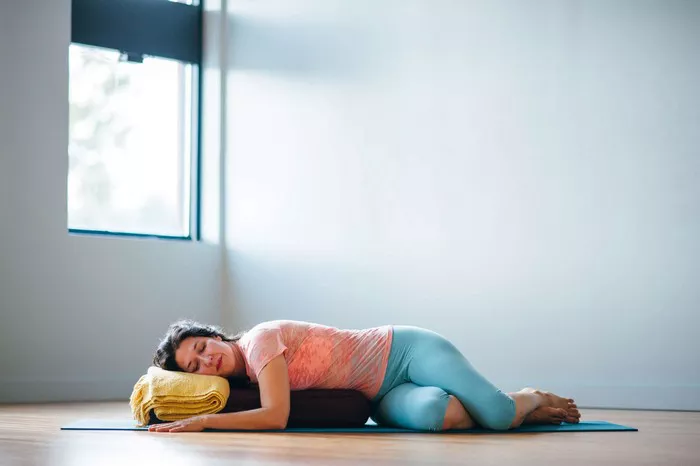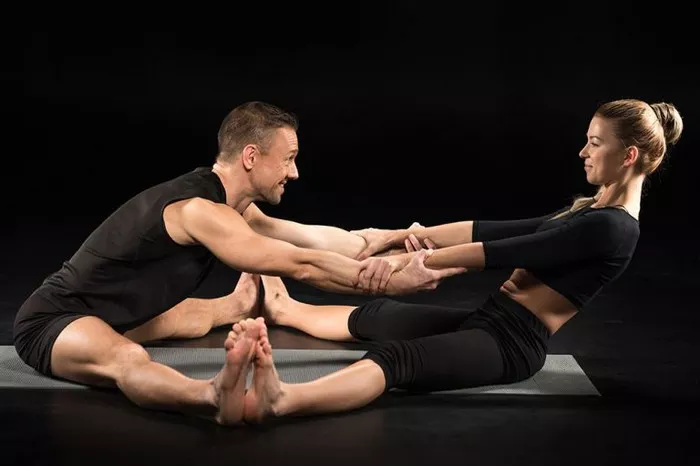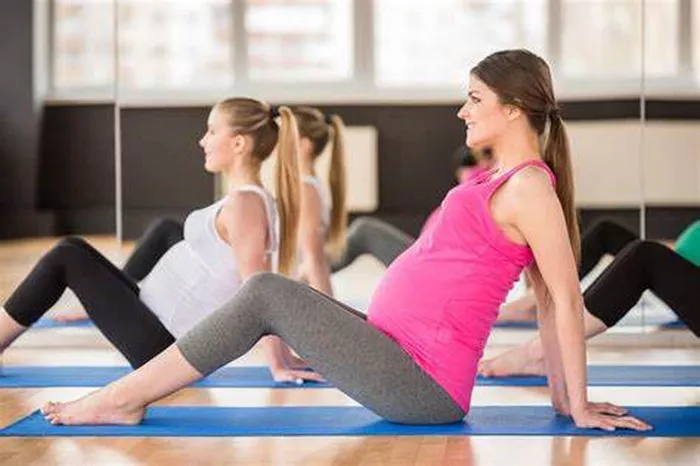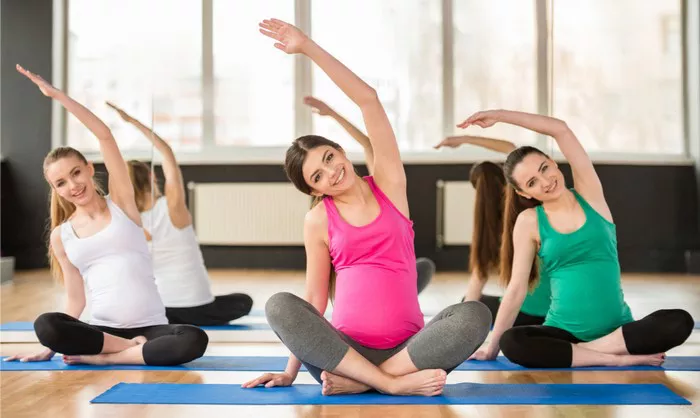Embarking on the journey of Isha Hatha Yoga training demands a proper setup. First, cultivate a receptive mindset. This involves setting aside preconceived notions and approaching the practice with an open heart and mind. Reading introductory texts about Isha Hatha Yoga’s philosophy can help in this regard. For the body, engage in light physical activities like brisk walking for 20 – 30 minutes a day. This simple exercise warms up the muscles and joints, preparing them for the more intense asana practice ahead. It also kick – starts the body’s metabolism, enhancing overall energy levels.
Asana Training: Building a Solid Physical Foundation
Fundamental Asanas: The Building Blocks
Begin your asana training with fundamental poses such as Tadasana (Mountain Pose). Stand with your feet together, heels touching, and toes slightly apart. Distribute your body weight evenly on both feet. Engage your core muscles gently to maintain an upright spine. Focus on keeping your shoulders relaxed and down, away from your ears. Spend at least 10 – 15 minutes daily practicing Tadasana. This pose may seem simple, but it is the foundation for all other asanas, teaching proper body alignment and balance.
Progression through Sequences: Flowing with the Body
Once comfortable with basic asanas, move on to more complex sequences like Surya Namaskar (Sun Salutation). This sequence combines multiple asanas in a flowing, rhythmic pattern. It starts with Pranamasana (Prayer Pose), moves through Uttanasana (Standing Forward Bend), then to Hastauttanasana (Raised Arms Pose), and further into Ashtanga Namaskara (Eight – Limbed Salutation Pose), among others. Practice Surya Namaskar slowly, synchronizing your breath with each movement. Start with 3 – 4 rounds a day and gradually increase the number as your strength and flexibility improve. This flow not only strengthens the body but also improves its flexibility and coordination.
Precision in Alignment: The Key to Effective Practice
In every asana, precision in alignment is crucial. Take Virabhadrasana II (Warrior II Pose) as an example. The front leg should form a 90 – degree angle at the knee, with the knee directly above the ankle. The back leg should be straight, and the toes turned out at a 90 – degree angle. The arms should be parallel to the floor, with one arm extended forward and the other backward. Incorrect alignment can lead to ineffective stretching and potential injuries. Use a mirror or seek guidance from an experienced instructor to ensure proper alignment in each asana.
Pranayama Training: Harnessing the Power of the Breath
Basics of Pranayama: An Introduction to Breath Control
Start your pranayama training with Anulom Vilom (Alternate Nostril Breathing). Sit comfortably in a cross – legged position, such as Sukhasana. Use your right hand’s ring finger to close your left nostril. Inhale slowly and deeply through the right nostril. Then, close the right nostril with your thumb and exhale through the left nostril. Inhale through the left nostril, close it with the ring finger, and exhale through the right nostril. Repeat this cycle for 5 – 10 minutes, twice a day. This technique helps in calming the mind, balancing the body’s energy, and increasing oxygen intake.
Advanced Pranayama Techniques: Deepening the Breath Connection
Progress to more advanced techniques like Ujjayi Pranayama. In Ujjayi Pranayama, constrict the back of your throat slightly as you inhale and exhale, creating a soft, ocean – like sound. This sound should be audible but not forced. As you practice, focus on the sensation of the breath moving in and out of your body. Start with 5 – 8 minutes of Ujjayi Pranayama, gradually increasing the duration as you become more comfortable. This technique warms up the body, increases energy levels, and helps in concentration.
Integrating Pranayama with Asanas: A Harmonious Union
Integrate pranayama with your asana practice. When moving into a forward bend like Paschimottanasana (Seated Forward Bend), inhale to lengthen your spine and exhale as you fold forward. As you hold the pose, maintain a slow, steady breath. When moving out of the pose, inhale as you lift your upper body. This integration of breath and movement enhances the effectiveness of both asanas and pranayama, leading to a deeper yoga experience.
Kriya Training: Unleashing Inner Energy
Understanding Kriya Basics: The Essence of Energy Activation
Kriyas in Isha Hatha Yoga are powerful practices for energy activation. For instance, Surya Kriya is related to the sun energy in the body. It involves a specific sequence of movements and breath – awareness techniques. Study the theory behind Surya Kriya to understand how it affects the body’s energy centers. Learn the correct sequence of movements, which may include specific twists, bends, and stretches, along with focused breath control. This knowledge forms the basis for effective kriya practice.
Step – by – Step Kriya Practice: Methodical Energy Awakening
When practicing a kriya like Agnisara Kriya, which focuses on the digestive fire, start with the preparatory steps. These may involve specific abdominal contractions and relaxations. Sit in a comfortable position, preferably on a firm surface. Begin with gentle abdominal contractions, drawing the abdominal muscles in towards the spine. Hold the contraction for a few seconds and then relax. Repeat this 3 – 5 times initially, gradually increasing the number of repetitions as your body gets used to the practice. Each step in kriya practice should be performed slowly and with precision.
Safety and Guidance in Kriya Practice: Ensuring a Secure Journey
Since kriyas are powerful practices, always practice under the guidance of an experienced Isha Hatha Yoga instructor. The instructor can ensure that you are performing the kriya correctly, both in terms of movement and breath control. They can also provide personalized advice based on your body type, energy levels, and any existing health conditions. Never attempt to modify kriya practices on your own without proper guidance, as incorrect practice can lead to discomfort or imbalance in the body’s energy systems.
Meditation Training: Quieting the Mind for Self – Discovery
Establishing a Meditation Routine: Creating a Sacred Space
Set aside a specific time each day for meditation, preferably in the morning or evening when the mind is relatively calm. Find a quiet, clean, and comfortable space where you won’t be disturbed. Sit in a comfortable position, such as Sukhasana or Padmasana if possible. If sitting cross – legged is difficult, you can use a chair. Start with 5 – 10 minutes of meditation each day and gradually increase the duration as you become more accustomed to the practice. This regular routine helps in training the mind to focus and relax.
Learning Meditation Techniques: Tools for Inner Peace
The Isha Hatha Yoga program teaches techniques like Isha Kriya meditation. In Isha Kriya, you use a specific hand gesture (mudra), focus on a particular point, and follow a set breathing pattern. Sit with your spine straight, place your hands in the prescribed mudra, and focus your attention on a point between your eyebrows. Breathe slowly and steadily, following the specific rhythm taught in the technique. Another technique, Shoonya meditation, aims at experiencing a state of pure consciousness. Learn the proper way to enter this state, which may involve letting go of all thoughts and simply being aware of the present moment.
Cultivating a Meditative Mindset: Embracing the Journey
During meditation, don’t be disheartened if your mind wanders. It’s natural for thoughts to arise. Simply notice the thoughts without judgment and gently bring your focus back to the chosen point of concentration, whether it’s your breath, a mantra, or a visual image. Over time, with consistent practice, your mind will become more still, and you will experience deeper states of relaxation and self – awareness. This cultivation of a meditative mindset is a gradual process that requires patience and perseverance.
Lifestyle Integration: Sustaining the Yoga Practice
Diet for Yogic Well – being: Nourishing the Body and Soul
Adopt a diet that supports your Isha Hatha Yoga practice. The program often recommends a diet rich in fresh fruits, vegetables, whole grains, and legumes. A vegetarian or vegan diet is considered beneficial as it is thought to be more sattvic (pure and harmonious). However, individual dietary needs may vary. Focus on consuming foods that are light, easy to digest, and provide the necessary nutrients for energy and vitality. Avoid overly processed foods, as they can weigh down the body and affect mental clarity. For example, start your day with a bowl of fresh fruit salad and a glass of warm lemon water to kick – start your metabolism.
Sleep and Rest: Rejuvenating the Body and Mind
Ensure you get enough sleep. A good night’s sleep, typically 7 – 8 hours, is crucial for the body to recover from the physical and mental exertions of yoga training. Establish a regular sleep schedule, going to bed and waking up at the same time each day. Also, take short breaks during the day to relax and recharge, especially after intense yoga sessions. A 15 – 20 minute power nap in the afternoon can significantly boost your energy levels and improve your overall well – being.
Positive Thinking and Attitude: Fueling the Yoga Journey
Cultivate a positive mindset. In yoga, the way we think and feel affects our overall practice. Replace negative thoughts with positive affirmations. For example, instead of thinking “I can’t do this asana,” tell yourself “I am making progress with each attempt.” A positive attitude helps in persevering through the challenges of yoga training and experiencing greater benefits. Surround yourself with positive people and engage in activities that uplift your spirits, such as listening to calming music or reading inspiring books.
Conclusion
Training in Isha Hatha Yoga is a multi – faceted journey that encompasses physical, mental, and energetic aspects. By following a structured approach to asana, pranayama, kriya, and meditation training, and integrating a yoga – friendly lifestyle, practitioners can unlock the full potential of this ancient practice. The training leads to enhanced physical strength, flexibility, and improved digestion. Mentally, it reduces stress, increases self – awareness, and fosters a deeper connection with one’s inner self. With dedication, consistency, and the guidance of experienced instructors, the Isha Hatha Yoga training can be a life – changing experience, enabling individuals to lead more balanced, harmonious, and fulfilling lives.
Related Topics





